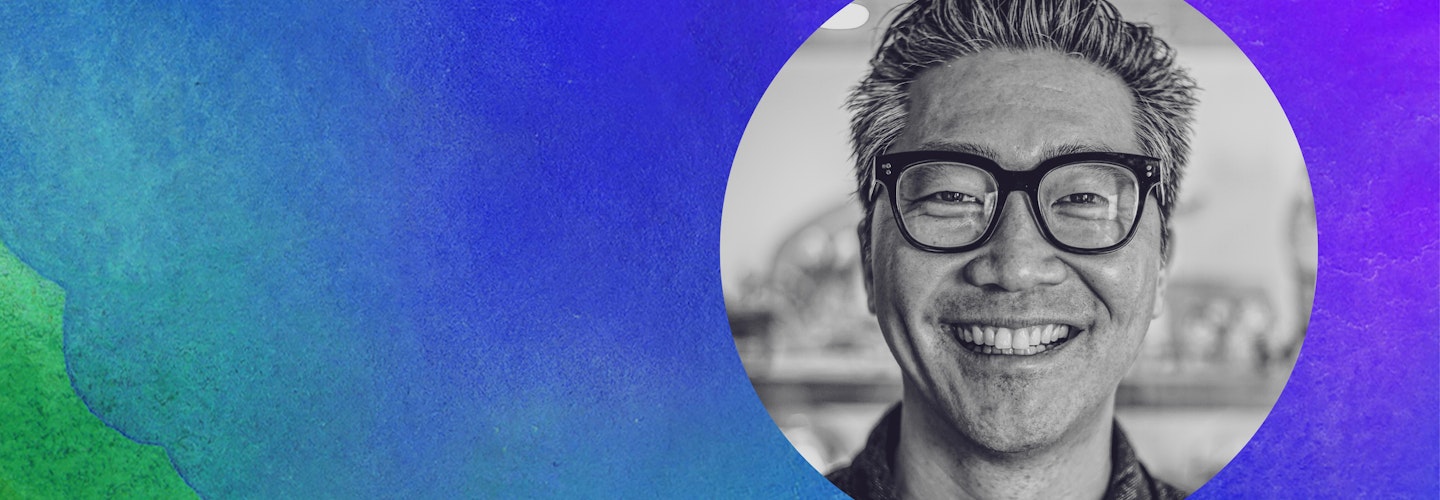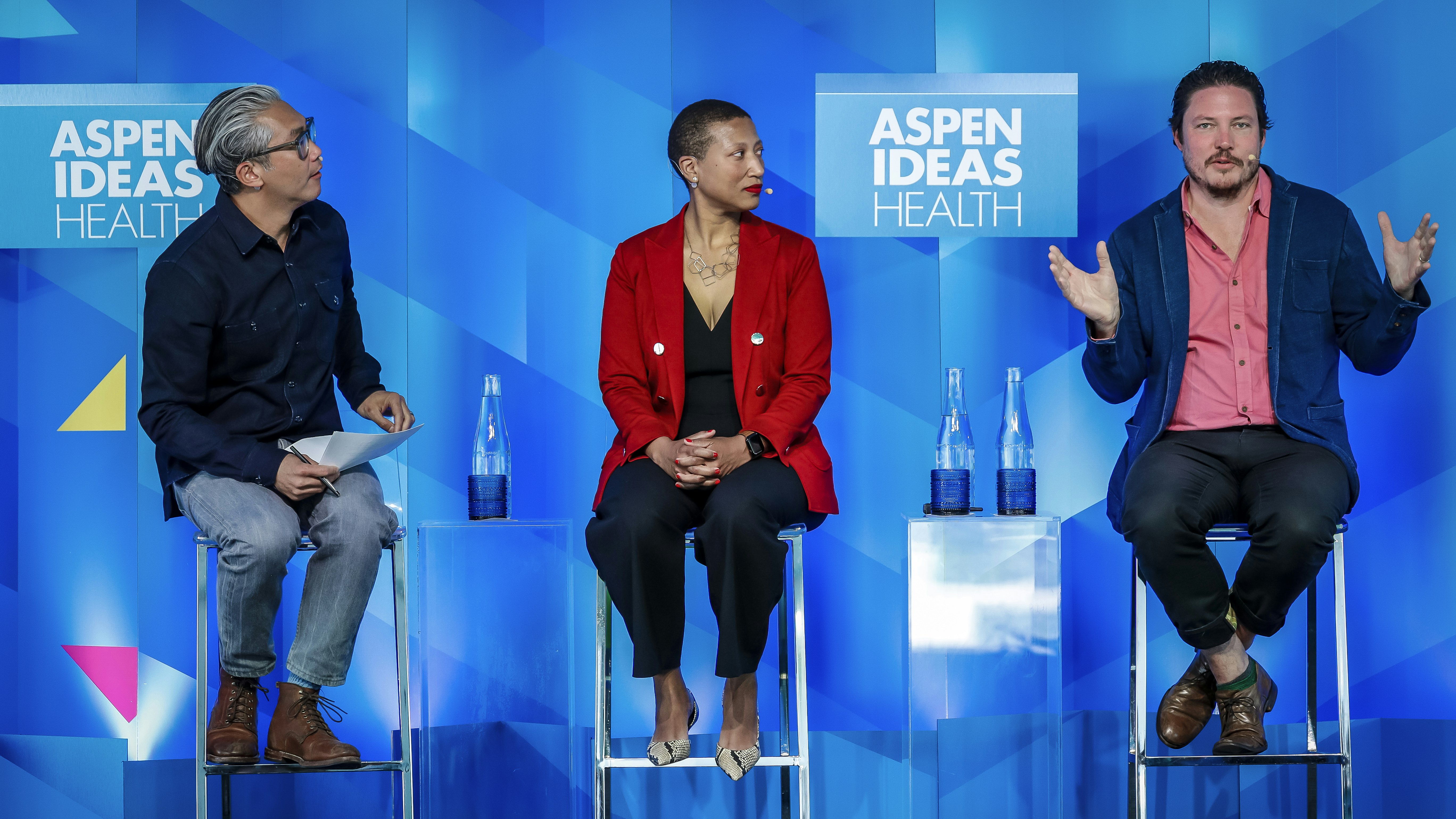

By Bon Ku, Director of the Health Design Lab at Thomas Jefferson University
I believe in the power of design to shape the future of medicine. As a practicing physician, I have experienced how design can improve the experiences, devices, services and spaces of healthcare. As the delivery of healthcare undergoes a transformational shift from analog to digital, the need for human-centered care is vital for patients, providers and caregivers. Today, I’ll share 5 reasons why every clinician should embrace the mindset of a designer.*
1. Design Unleashes Creativity
Creativity is a skill that anyone can cultivate. A creative mind can generate new ideas and accelerate discovery. What are some basic principles for stirring up our creative juices?
● QUESTIONING is the act of looking at any problem from a new angle. It is the process of asking questions and reframing assumptions.
● VISUALIZING draws on our innate ability to perceive objects and spaces, patterns and structures. Designers use line, shape, color, and form to make connections, reveal insights, and communicate concepts.
● PROTOTYPING is the act of making ideas concrete in a provisional, speculative way. Although some prototypes resemble real products or include a working mechanism, many prototypes are rough sketches or quickly assembled artifacts that explore one aspect of a proposed design solution.
2. Design Invites Empathy
Great design is based upon empathy. Empathy is the ability to share in the experience of another human and communicate that understanding. Empathy, like creativity, is a skill that can be learned and developed over time. Thinking like a designer has taught me to see patients beyond their disease and walk in the shoes of my patients.
3. Design Embraces Failure
During medical training I never learned how to fail safely. As a result, I’ve limited myself to solutions that are overly cautious and conventional. Historically, Medicine has been a very conservative field that is slow to embrace change. But design can teach us how to fail safely without risking harm to patients. Failing fast and often can accelerate discovery and give us a better mindset to embrace new ways of delivering care in the 21st century.
4. Design is Collaborative
The principle of co-design invites patients and other stakeholders in the healthcare ecosystem to be active participants in the creation of products, devices and services. It’s a collaborative process that actively seeks knowledge and ideas from end users. Co-design can look like embedding patients into research teams, creating customized solutions for persons with disabilities and having patients participate in brainstorming workshops with clinical teams.
5. Design is Optimistic
Design gives us permission to dream of a better future. I have observed that designers look to the future and probe the steps on how to get there. But in healthcare, we are consumed with only reacting to the present. One practical method of reimagining the future of healthcare is developing “how-might-we questions.” These prompts can help us initiate specific, focused ideas and not limit us to current constraints. This month, I’ve opened up my creative thinking with these queries: How might we use AI to reduce burnout in physicians? How might we create new care models based on equity?
*Adapted from Health Design Thinking, Second Edition: Creating Products and Services for Better Health by Bon Ku and Ellen Lupton MIT Press, 2022
The views and opinions of the author are their own and do not necessarily reflect those of the Aspen Institute.
____________________________________________________




